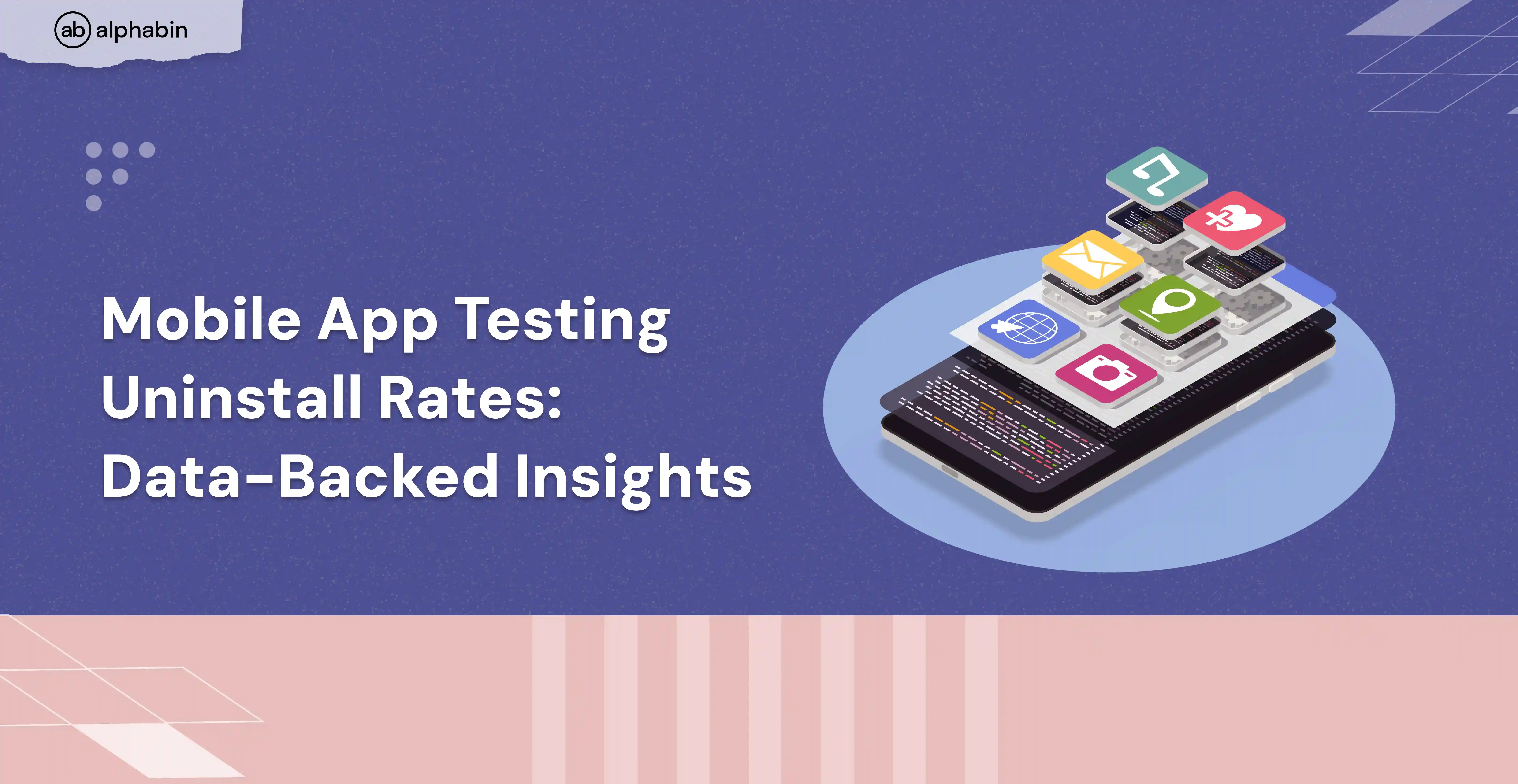In this blog, we will learn together about characteristics, challenges, how one is different from another, and best practices for testing native and hybrid apps.
How is testing native apps different from hybrid apps?
Firstly, understand the difference between testing native and hybrid apps; both mobile apptesting has some similarities and some differences in terms of testing.
- For native, we test platform-specific; for hybrid, we test cross-platform.
- For native, we test device features; for hybrid, we test web technologies.
- For native, we test user interface and interaction diversity; for hybrid, we test user interface and interaction uniformity.
- For native, we test network connectivity and security issues; for hybrid, we test web browser dependency.
- For native, we test platform standards and guidelines; for hybrid, we test fewer restrictions.
What is a Native application?
Native applications are software programs that are developed for use on a particular platform or device. Because they are built specifically for that platform, they can interact with and take advantage of operating system features and other software that is typically installed on that platform.
Characteristics of native applications
Native apps are built using platform-specific programming languages such as Swift for iOS and Java or Kotlin for Android. The main characteristic of a native app is its speed and performance.
Challenges of testing a native application
Let’s get a look at the different types of challenges a tester faces while testing an app exclusive to native.
- Native device diversity
Native applications are designed to run on specific platforms and devices, which means they have to be tested on a variety of hardware and software combinations.
- Frequent updates
Native apps have the nature of getting frequent updates to adapt to the changing requirements and expectations of their users. Testers will have to test with agility.
- Extra efforts for native features
Native applications may have different user interfaces and interactions depending on the device and platform, which requires extra effort in testing usability and consistency.
- Low network conditions
Testers need to verify that the Native app can work offline or with low connectivity and that the data transmission is secure.
- Compliance with guidelines
Native apps have to comply with the standards and guidelines of the platform providers. Testers need to ensure that the app meets the criteria and requirements of the app store and that it does not violate any policies or regulations.
Let’s tackle these native app testing challenges!
- Testing on a combination of native devices
Use cloud-based testing platforms that provide access to a wide range of real mobile devices, allowing you to test your app on different hardware and software combinations. Automate testing frameworks like Appium, Espresso, and XCUITest for testing on multiple devices at the same time.
- Keeping up with updates
Implement continuous integration and continuous deployment (CI/CD) pipelines. Tools like Jenkins, CircleCI, or GitLab CI can automate the regression testing process, ensuring that your app is tested quickly and efficiently with every update.
- Automate with native-specific tools
Tools like Espresso (for Android) and XCUITest (for iOS) are designed specifically for native app testing. They provide access to native user interfaces and interactions, which can help in testing usability and consistency.
- Low network testing
Simulate network conditions using tools that come with native development environments, such as Network Link Conditioner in Xcode for iOS and the emulator settings in Android Studio for Android. These tools will help you simulate various network speeds and conditions.
- Following guidelines
Familiarize yourself with the app guidelines of the platform providers, like Applie’s App Store Review Guidelines and Google’s Developer Policy Center. Use static analysis tools like Android Lint or SwiftLint to automatically check your code against certain guidelines and rules.
Note: Regularly review and update your understanding of the guidelines, as they can change frequently.
What is a Hybrid application?
Hybrid applications are essentially a blend of native apps and web apps. As such, they can run on various platforms, just like web apps, but they have access to native platform features.
Characteristics of hybrid applications
Hybrid apps are built using web technologies such as HTML, CSS, and JavaScript, and then wrapped in a native container that allows them to be installed and run on different platforms.
Challenges of testing hybrid apps
Now let’s take a look at the different types of challenges QA enthusiasts face while testing hybrid apps.
- Display inconsistency
Cross-platform availability of devices and operating systems brings in a wide range of device screen sizes, making it a challenge to ensure a consistent look and feel for the app.
- Performance issues
Hybrid apps can sometimes face performance issues such as load times or constant crashing due to the extra layer (the web view) they use to run the web technologies.
- Updates to Web View Components
Both iOS and Android periodically update their web view components. These updates can introduce changes that break certain features in a hybrid app.
- Memory management
Hybrid apps can have memory leaks or performance issues due to the differences in memory management between the web view and the native layer.
- Plugin compatibility
Hybrid apps use plugins to interact with native features. These plugins may not always be up-to-date or may not work consistently across all platforms.
Let’s tackle these hybrid app testing challenges! Now that we’ve seen the testing challenges for testing a hybrid application, let’s see how we can cover these challenges through testing.
- Data consistency
To ensure a consistent look and feel of the app across multiple platforms and screen sizes, use visual testing tools like Applitools to automatically compare the app’s appearance across different devices and screen sizes.
- Addressing performance issues
To address performance issues such as load times or constant crashing, use profiling tools to identify performance issues in the app. Tools like Chrome DevTools can help with this. Also, simulate high loads to see how the app performs under stress.
If you are a beginner performance tester, I recommend you check out our Performance Testing Beginners blog.
- Keeping up with the updates
To manage issues related to updates in web view components, perform regular regression testing to ensure existing features still work as expected. Using automated testing tools can regularly test your app and catch issues early.
- Addressing memory-related issues
To address memory management issues, use memory profiling tools to identify memory leaks or excessive memory usage. Android Studio’s Profiler and Xcode’s Instruments tool provide detailed memory usage information.
You can also use tools like LeakCanary on Android. Here’s a basic setup:
- Ensuring plugin functionality
To ensure plugins work as expected across all platforms, regularly test the plugins. Using automated testing tools can regularly test your app and catch compatibility issues early.
Comparison and contrast similarities between Native and Hybrid apps
Let’s summarize the similarities and comparisons between native and hybrid applications in table format.
Development Aspect
Quality Assurance Aspect
Tools and technologies for testing Native and Hybrid apps
Here are a few of the fan-favourite testing tools that are being used worldwide for mobile testing.
- Appium
- Espresso
- XCUITest
- EarlGrey
- UI Automator
- KIF (keep it functional)
Conclusion
We hope you found our Native vs. Hybrid Apps blog informative. In this blog, we have discussed the differences between native and hybrid apps, their characteristics, and their testing methods and challenges. We have seen that native apps are developed for specific platforms, offer better performance and user experience, but require more resources and skills to test.
On the other hand, hybrid apps are cross-platform and easier to develop and test, but they have lower quality and compatibility issues.
We have also compared and contrasted the similarities and differences between native and hybrid apps in terms of development and quality assurance aspects.
If you are looking for a reliable and experienced mobile testing service provider with polished App testing methods, look no further. Contact Alphabin today.



.svg)









